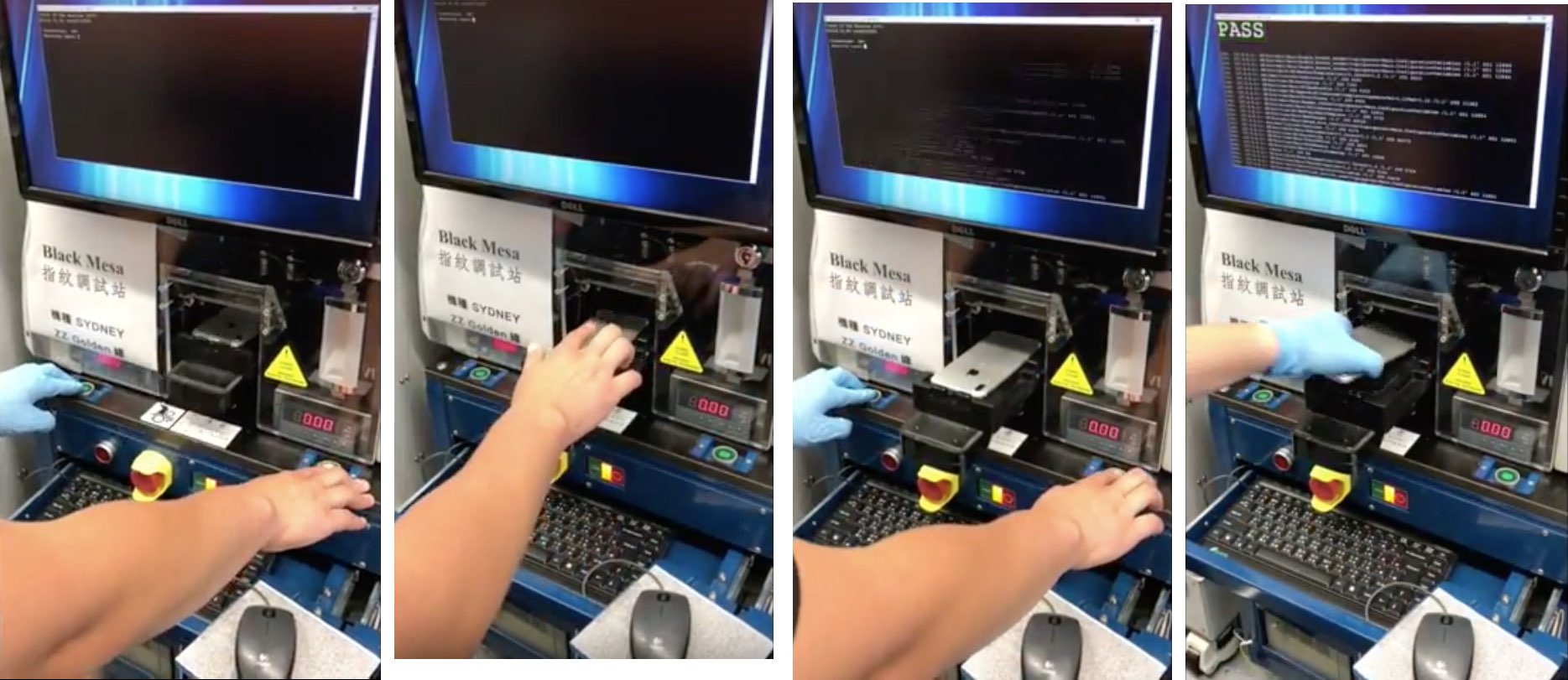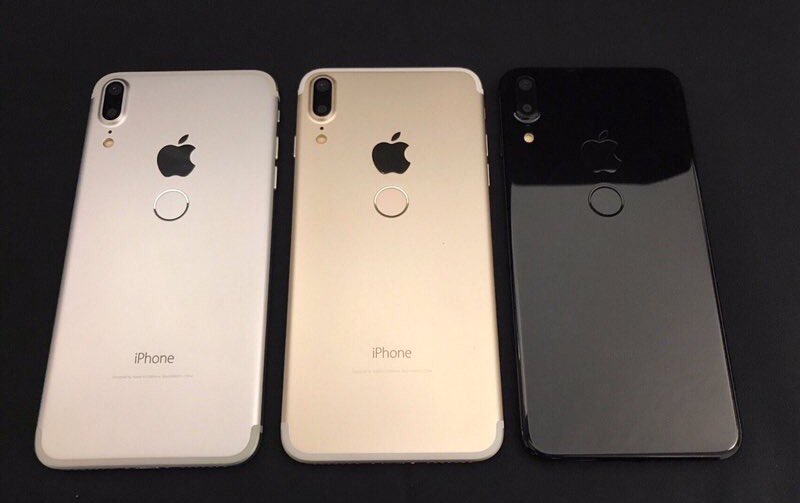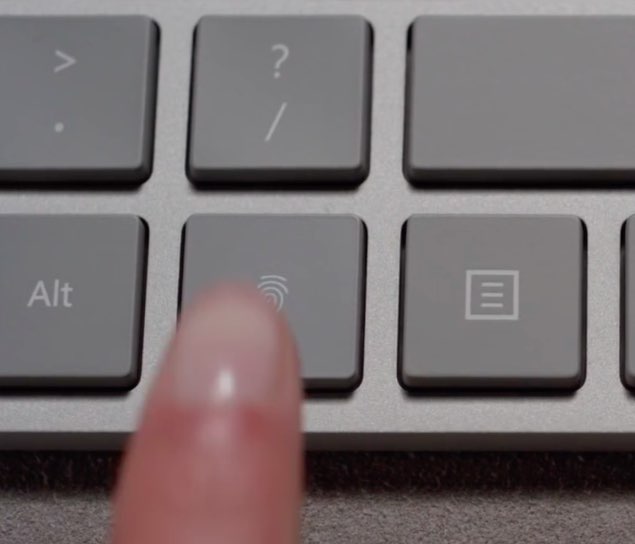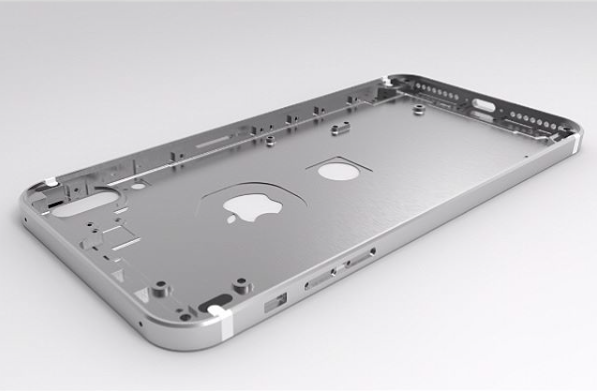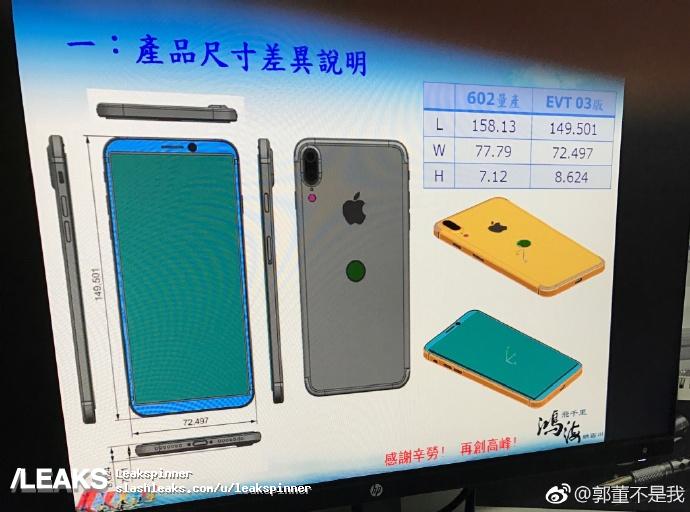Windows giant Microsoft today unveiled a nicely designed wireless keyboard with a built-in fingerprint sensor located between the Alt and Ctrl keys, as reported by Engadget.
Dubbed Modern Keyboard and priced at $129.99, the accessory lets users unlock their Windows 10 devices with a finger press using Windows Hello.
The dedicated Fingerprint ID key was designed to blend seamlessly so it would appear to be any other key, said Microsoft. The keyboard supports both wired connections via USB and wireless connections via the low-energy Bluetooth 4.0/4.1 standard.
Although Modern Keyboard can be paired with any device via Bluetooth, fingerprint scanning does not work on iOS and macOS due to the lack of a dedicated Secure Enclave chip.
https://www.youtube.com/watch?v=YDpGtDzAw4I
Featuring slim, low-profile design and a robust aluminum-clade frame, Modern Keyboard is “heavy and virtually indestructible”, according to Microsoft.
Like Apple's Magic Keyboard, Modern Keyboard sports a built-in rechargeable battery with up to two months on full charge and provides seamless Bluetooth paring experience, with automatic pairing when first connected to a computer via a cable.
Microsoft also unveiled a brand new mouse.
https://www.youtube.com/watch?v=5eI0klTsqnA
Called Modern Mouse and priced at $49.99, it has an aluminum body and a metal scroll wheel.
The device looks visually similar to Modern Keyboard to match Microsoft's Surface styling. Unfortunately, it uses AAA batteries with up to 12 months of run time on a single charge, not a rechargeable lithium-ion battery.
Furthermore, Modern Mouse is not compatible with macOS.
Both Modern Keyboard and Modern Mouse are listed as “coming soon” on Microsoft Store.
Apple currently sells an extended keyboard with a numeric pad that can be used in either wired or wireless mode. However, the company has yet to make a standalone keyboard with a built-in Touch ID sensor.
